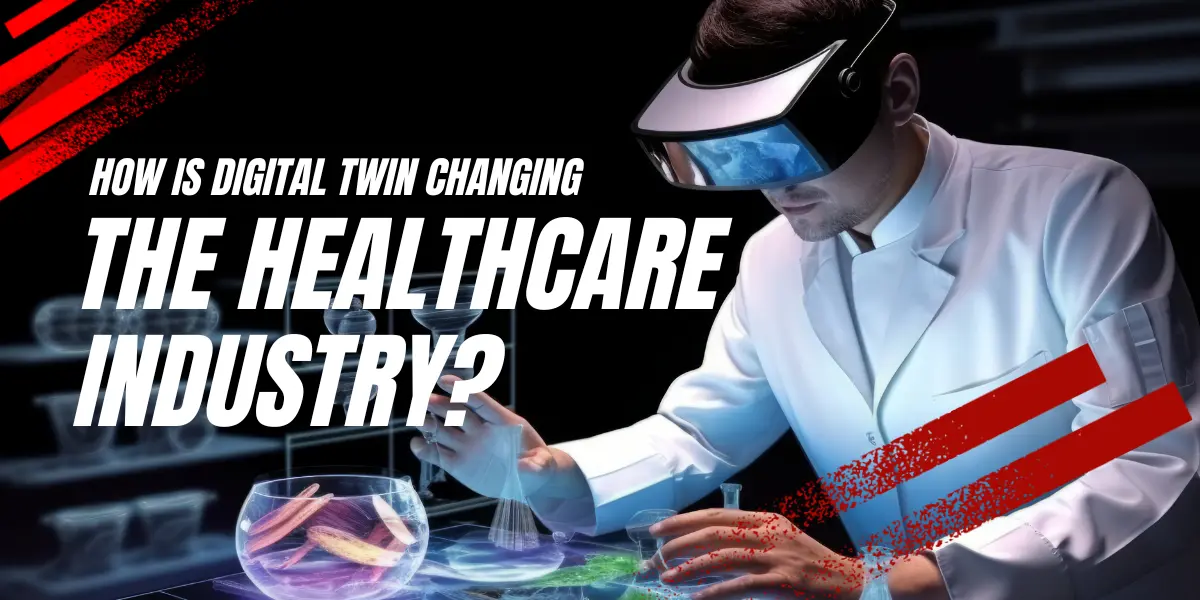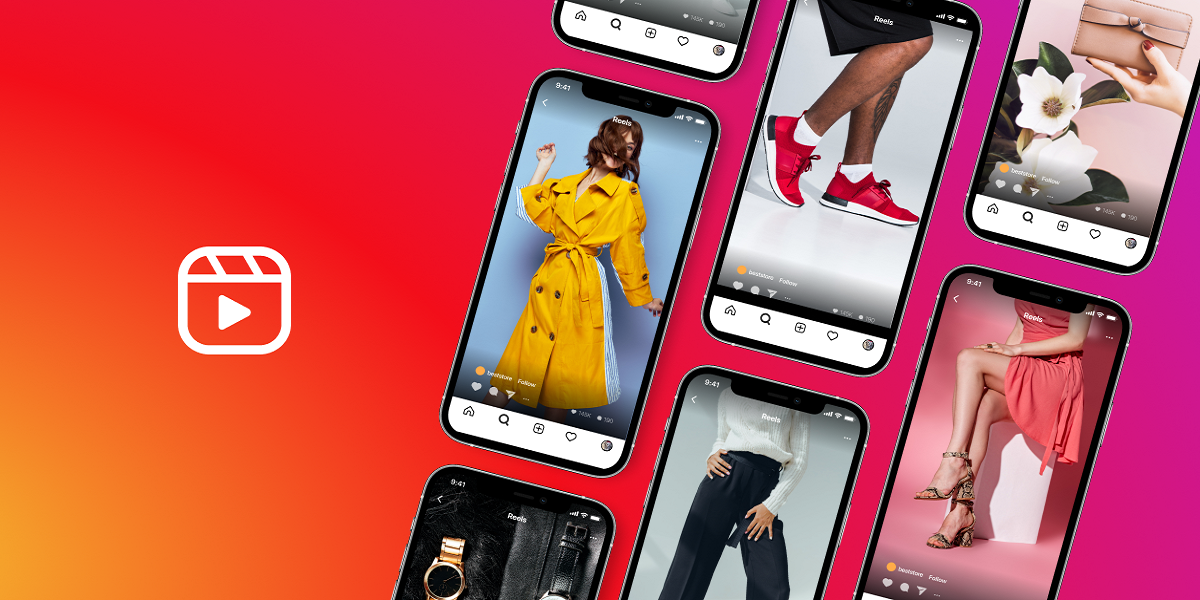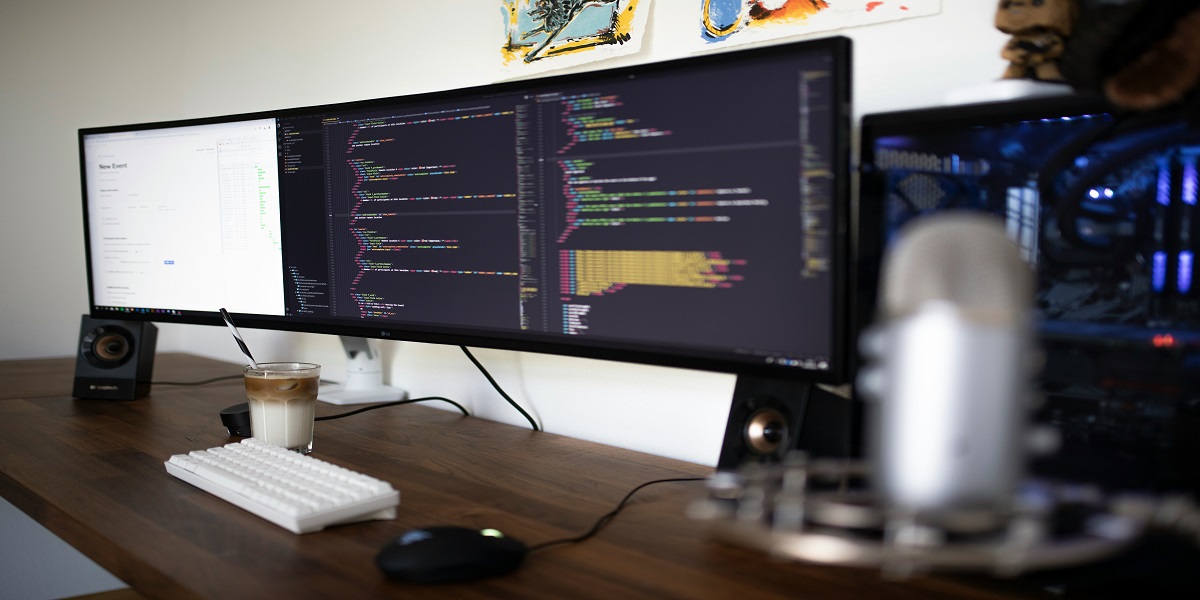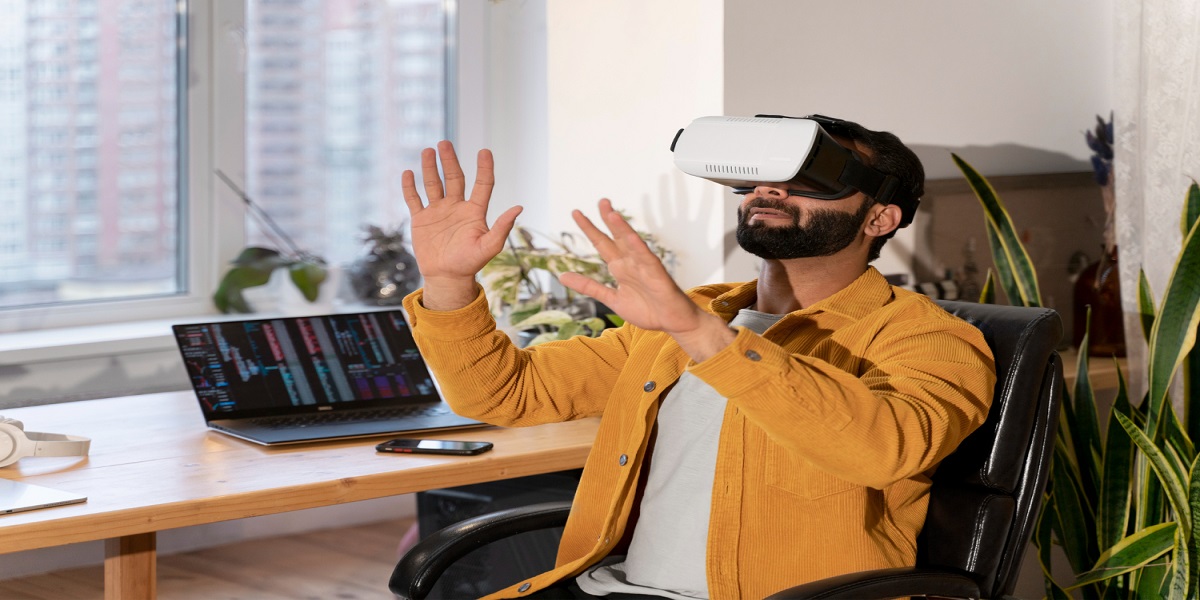
How is Digital Twin Changing the Healthcare Industry?
- By Milan Panchasara
- 02-04-2024
- Technology
Now that you have read this article, you might know or want to know about the concept of digital twins. In the last few years, many remarkable changes have been seen in the healthcare industry. One of the most remarkable changes is digital twins. The digital twin has made its way into many industries like manufacturing, aerospace, and now healthcare. In this article, we will see how the digital twins concept has modernized patient care and medical research. Let's first understand the digital twins concept.
What are digital twins?
Digital twins serve as virtual representations of an actual item or system. It allows us to get insights through simulations and annual reviews. However, digital twins in healthcare have greater potential. They have the power to change how healthcare institutions work and improve patient outcomes. Digital twins can be represented as the individual patient who can take anatomical and physiological elements in a virtual environment.
It can combine data from various sources, like health records, wearable devices, mobile phones, and medical imaging. They offer a detailed view of a patient’s healthcare status and allow doctors to offer personalized experiences. By doing this, they can make the right choices for patients and benefit their organization. Let's check what changes digital twins have brought to the healthcare industry.
Revolutionizing healthcare with digital twins
After the COVID-19 pandemic, the healthcare industry has undergone many changes in patient care. They have adopted many technologies and made apps for mobile phones and wearables to track the health of patients. Healthcare app development has also brought many changes in the industry. These things gave them a chance to adopt technology, like digital twins.
In comparison with the traditional healthcare approach, the digital twin helps doctors create virtual models to get data on patients. These can help the connection of various people like patients, doctors, hospitals, and medicine manufacturers. Hospitals face challenges like test cancellations, a lack of medicines and other resources, and system failure, which increase the discomfort of patients who are sick or injured.
This is why they hire skilled app developers and create apps that can keep them and patients connected. This can help doctors know about a patient's health, what treatment they need, and health improvement. Now let's find out how digital twins work.
How do digital twins work?
When creating a digital twin, you should have correct and structured data from various sources like imaging scanners, lab tests, mobile devices, and wearable devices. This data is converted into the machine-readable format used to get continuous updates about the patient. By doing so, they can improve patient care and simplify operations.
Digital twins can respond to these changes and allow them to identify their performance and improve it. This data helps them create digital copies and know patients' health status. The Digital Twin offers real-time insights into patients' treatments and medications.
What are the features of digital twins in healthcare?
There are many features of digital twins in the healthcare industry. It mainly focuses on the patient’s health, data related to them, the costs of their treatment, and the care of the patient. This helps them take care of patients throughout the treatment and helps them recover quickly. Every hospital and clinic wants to improve their patient experience and provide quality care. So to keep things in order, they should have resources like operating rooms, beds, critical care unit beds, treatment space, and staff.
A digital twin can help them collect data from wearable and mobile apps to merge them with electronic health records. With this data, they can predict diseases in advance, provide them with warnings, and start their treatment. Digital Twin uses 4 technologies to create the visual representations. It collects, stores, and analyzes data to provide accurate information. These technologies are AI, IoT, extended reality, and cloud. It includes understanding physical equipment and remote visibility of systems. It runs a prediction algorithm to make future predictions.
Advancements of digital twin in healthcare
Digital twins transform hospitals into medical settings that help them provide a secure environment for monitoring changes in hospital performance without risking physical locations. A digital twin can provide access to data-driven insights for upcoming issues in hospitals. It can monitor capacity and check if staff is available, resources like beds and operating equipment are available, and required resources can be quickly arranged. Let's discuss the applications of digital twin in healthcare.
1. Patient care
Doctors can provide personalized medicines, patient care, and treatment for the disease by employing digital twin. Digital twin is an advanced technology, especially for human body parts like hearts, kidneys, and lungs. This can help doctors check particular organs of patients and allow them to do complete testing before providing any treatment. Digital Twin also allows them to do predictive maintenance, which improves performance. This allows them to use cheaper assets like imaging technology, surgical robots, and lab automation.
2. Better health results
Digital twin enables healthcare organizations to develop individual health results. It helps them to check the data flow between physical items and their digital representation. The doctor can choose the right treatment with the patient’s imaging data, genetic information, and lab tests. It can diagnose the disease of a large population early and help them to manage it. These complicated processes can be represented by a digital twin by a single component. Hospital staff can manage everything and keep an eye on patients.
3. Identify the correct treatment for patients
When correctly implemented digital twins can help doctors and physicians to choose the right treatment to improve patients' health and save hospital costs. Using digital twins can help hospitals get automatic notifications by sensor information before the patient does. By this emergency department waiting can be decreased which can improve patient experience.
4. Improvement in patient satisfaction
With digital twins hospitals and healthcare organizations can find new ways to increase customer satisfaction and increase the value of the treatment. It helps them provide correct data, processes, and improvements. This can become successful through a collaboration between the hospital and a technology company that is aware of the needs of healthcare professionals. Hire dedicated developers to create applications according to your hospital's needs.
5. Remote patient assistance
Digital can help physicians to monitor patients remotely. With digital twins, they can improve the collection of data and keep track of patient’s health. By digital twin, they can get real-time cloud-based data via wearable sensors. They can understand a patient’s illness and course through these fitness trackers. Fast-stream technologies’ digital twin solutions can help healthcare organizations provide the best treatment to patients.
6. Research and development
Digital twin is used to create models that provide data for research and development in the healthcare industry. Digital twin in the healthcare industry can help doctors track and examine patients' data. They can provide care to their patients remotely by comparing patients' past and present data. Digital twins use ML methods to change healthcare processes and improve the patient experience.
Every Digital Twin app uses IoT to collect data by using sensors from physical items. But if you use cloud computing technology data can be effectively stored and regained online. Digital Twin works on cloud computing so a huge amount of data can be stored and can be used from any place. A power tool like AI can automatically analyze this data and give hospitals correct insights.
7. Manage patient data
Digital is currently employed by the healthcare industry to check and manage patient’s data. Healthcare professionals can provide correct treatment by remotely checking patients' health. By using this virtual simulation, the surgeon can analyze patients' medical issues and practice operations. Digital twin makes operation expenses less and helps to improve performance. The digital twin will change the old approach to these new analytics tools and ML.
Pros of digital twin in healthcare
Let's find out the advantages of digital twins showcasing new impacts in the healthcare industry.
Improved healthcare approach
Digital twin in healthcare are improving access to healthcare education, self-healthcare management, and remote healthcare services. This breaks geographical constraints and has allowed healthcare app development to create fitness and medicines apps for everyone. This can help physicians with real-time health monitoring.
Risk predicting
Digital twin likely to know the risks in advance and lower costs by scheduling beds in advance and giving treatment solutions. Digital twin can improve treatment plans by knowing treatment methods and drug information in advance. This can help in early diagnosis and prevent risky situations.
Monitor the patient and give the correct treatment
Mobile phones and wearable devices provide real-time data on patients. This allows the digital twin to understand the situation and provide accurate treatments. Hire skilled app developers to develop a digital twin app that can monitor your patients and give them treatment at the right time. It can provide more and better treatment options. This can help them to save patients. Digital twin deletes traditional methods for treatment which helps hospitals to use advanced tools for treating their patients.
Cons of the digital twin in healthcare
Despite having many advantages, digital twin also have some disadvantages and challenges when it is executed. Here are some challenges:
Privacy and security
One of the main disadvantages of digital twin is privacy and security. As we know digital twin can collect data on every patient and that data also has sensitive medical information. It is important to protect their data from unauthorized users and cyber threats. For this healthcare organizations will have to develop data protection applications that can ensure patients' safe data.
Merging it with the existing system
Another disadvantage is merging digital twin with existing systems. Many hospitals and clinics have useless systems which do not operate correctly. Digital twin technology can perfectly work only if the operation system can give a detailed view of the patient’s health to streamline their operations.
Higher implementation costs
The cost of employing Digital Twin technology in healthcare can be high. Healthcare organizations should carefully consider the costs of developing, adopting, and maintaining Digital Twin technology. But they can determine whether it has advantages or is exceeding the costs.
Regulatory concerns
Healthcare providers should know the regulatory and ethical implications of employing Digital Twin technology. Compliance with legislation can be related to data privacy, patient consent, and appropriate research techniques is important. Physicians should know that employing Digital Twin technology can benefit patients and is not putting their privacy or autonomy at risk.
Will there be any future of digital twin?
Yes, there is a lot of scope for digital twin in many industries. To meet current expectations, digital twins can speed up automated and flexible production. Digital twins allow previously divided operations, maintenance, sales, finance, and marketing departments to access with a single source. In the future, digital twins will be one of the most important IT tools for every industry. It will be able to transform the social and political landscapes of many countries.
Digital twins can deal with many healthcare problems like treating diseases while considering surroundings. Digital twins can also be used to boost productivity, streamline processes, identify diseases at an early stage, and give treatment as soon as possible. Many hospitals have started to adopt this real-time health system that can help them solve problems without any difficulties.
Digital twins do have a bright future in healthcare, but their true impact will be revealed when they can easily provide medical advice. When a hospital can collect data from multiple subsystems and can do real-time interactions with patients, processes, and related medical items. It creates a smart hospital digital twin and provides a contextual model of a hospital's past, present, and projected future states. This can be updated, evaluated, and enhanced as AI/ML advances.
Conclusion
A digital twin is an effective version of the real thing that can be tracked and improvised. As digital twin technology is progressing, many organizations and industries are adopting it for a cutting-edge approach. To make this jump they will need a trustworthy IT consulting partner who can support them in their struggle. Now that is where you might need us. You can hire our dedicated developers who can help you create healthcare applications that can provide a good experience to your patients.
As the healthcare industry moves ahead, patients actively seek answers to their questions. So digital twin technology can be helpful for those who use smartphones with any healthcare app. By this, they can have a more detailed view of information about their health than before.
Recent blog

Instagram Reels: A Game-Changer For E-commerce Marketing
Digital Marketing | 30-04-2024
Understanding Enterprise Application Integration: The Benefits of ESB for EAI
Software | 29-04-2024




